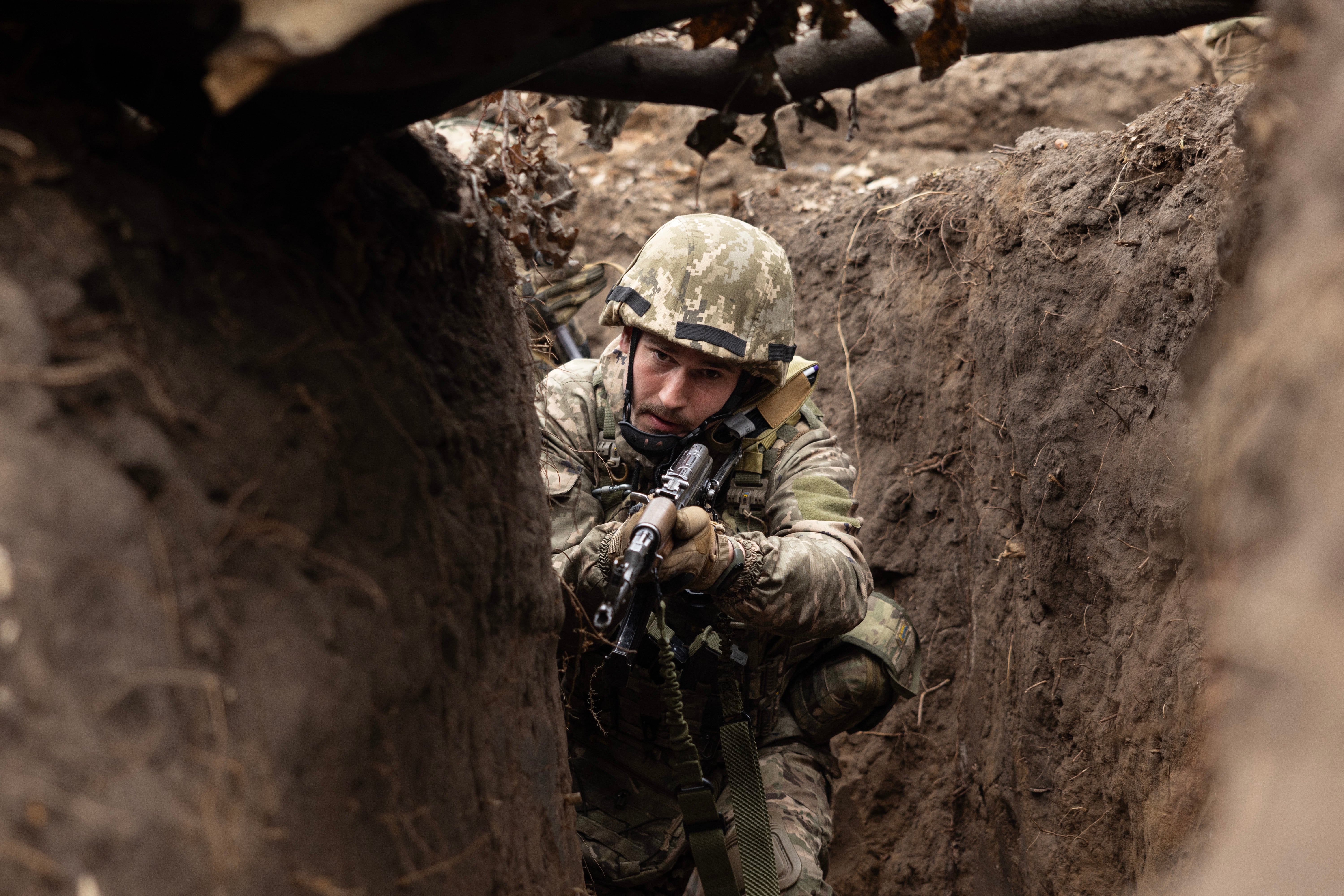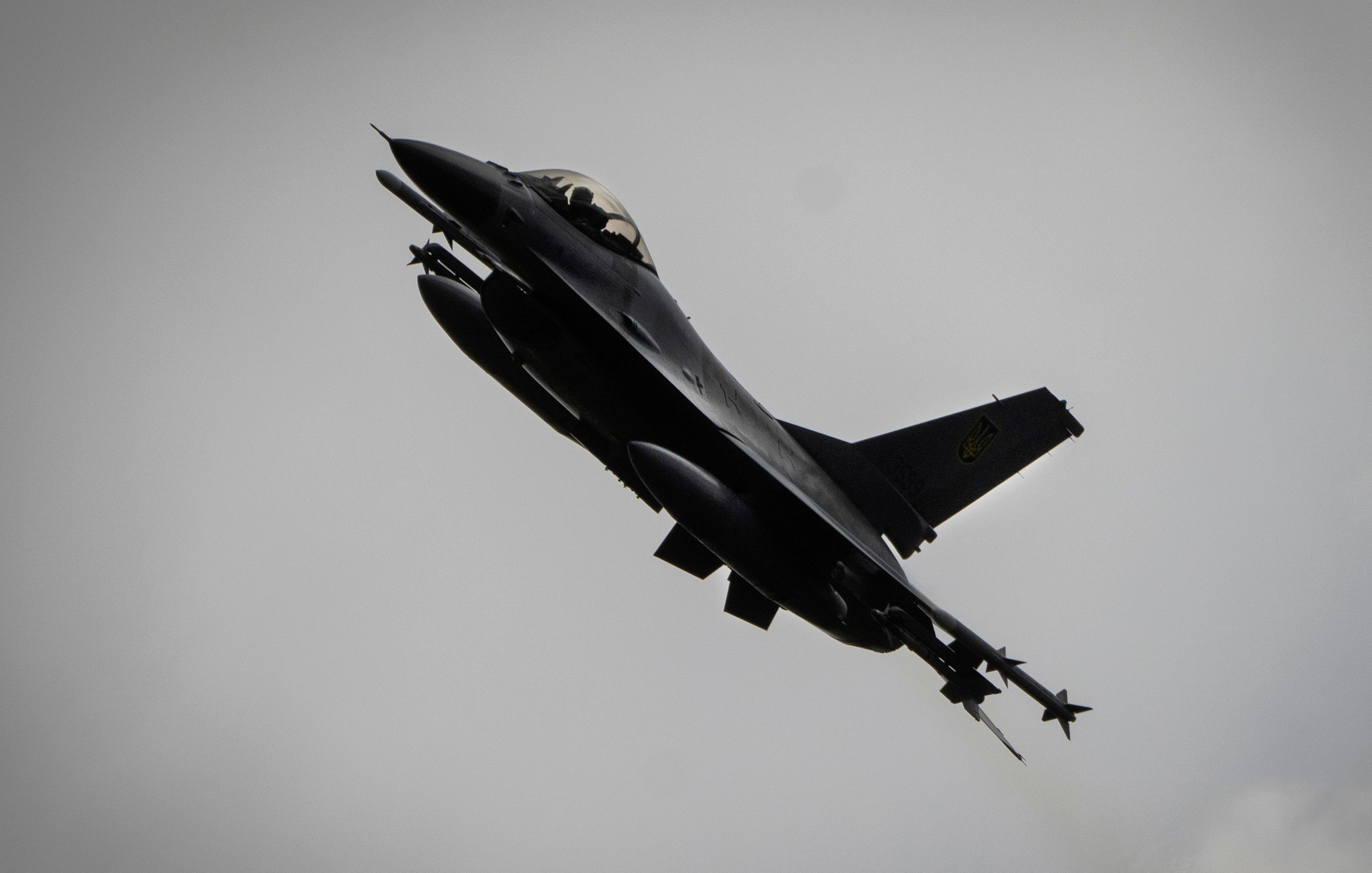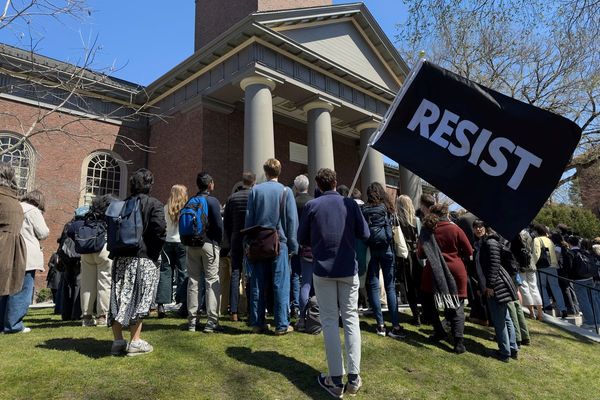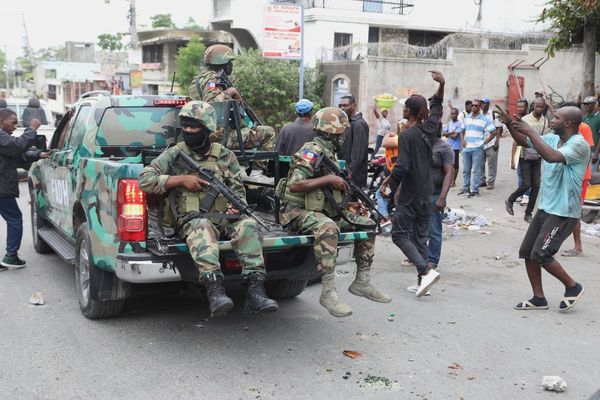Russia’s time wasting and new demands over a ceasefire in Ukraine suit Kyiv just fine – the delays help build a non-American alliance and mean it can drive on with campaigns where it’s dominant in a war that it can win.
Vladimir Putin’s latest demand is that Russia’s agricultural sector be allowed to use the Swift banking system as a reward for a ceasefire in the Black Sea, allowing it to move its grain and other farming exports.
The move is a sleight of hand to end the banking sanctions imposed by the US and Europe following Russia’s invasion of Ukraine.
But a ceasefire in the Black Sea is essential to Putin where his naval fleet has been crippled and now cannot operate.
Russia is also keen to stop attacks against energy infrastructure in both countries. That is because Ukraine has been successfully targeting its energy nodes, especially those supplying its forces in the Donbas.
Russia has been attacking Ukraine’s power stations and refineries for three years. Its use of near-blind swarms of drones alongside ballistic missiles mean that if it can get a ceasefire in place its own energy system can be protected while it continues to pound Ukraine with thousands of missiles a month.

Ukraine is buying time here because Kyiv knows it will take a while for Europe and other reliable allies to replace the military aid that Ukraine gets, on and off, from the US.
American support for Ukraine is important. But Europe can fill the gap if Trump again suspends military aid to Kyiv.
Between 2022 and 2024, the US provided $114 billion in aid to Ukraine. Europe, including the UK, allocated $132 billion.
An analysis by the Kiel Institute concludes that the cost of replacing all US military support for Ukraine “would be possible with relatively little additional effort”.
“Currently, European governments contribute about €44 billion annually to Ukraine’s defence, or roughly 0.1% of their combined GDP, a relatively modest fiscal commitment,” the Kiel study found.
“To replace total US aid, Europe would need to increase its annual support to approximately €82 billion per year, or 0.21% of GDP — essentially doubling its current financial effort,”
It went on to put that financial commitment into context “...the Baltic countries, Sweden or Norway are already contributing more than 0.3% of their GDP each year to Ukraine’s defence”.
The UK spends about 0.17 of its GDP on Ukraine while Sir Keir Starmer is leading an effort to establish a “coalition of the willing” to defend a future peace deal, he has yet to point out the relatively small proportion of GDP replacing US help would entail for his “coalition”.

The US has spent less on Ukraine’s forces ($50 billion) than it did on the Afghan army and air force ($80 billion).
The issue of military aid is important when analysing the type of weapons supplied.
The US supplies more than 80 per cent of long range HIMARS rocket systems and 155mm Howitzer artillery shells, 70 percent of anti-aircraft missiles, and 70 per cent of armoured fighting vehicles, according to the Kiel report.
But on the ground, officers in the Ukrainian forces interviewed by The Independent time and again pointed out that artillery systems in use by Russia had diminished and that Ukraine had switched to using drones to much greater effect.
Ukraine is desperate for air defences, especially the US-made Patriot missile system – although Germany has supplied three systems compared the US two.
The US has not supplied a single modern aircraft to Ukraine. It has given Kyiv 20 Mi-17V5 Soviet era helicopters once destined for Afghanistan but no fighter jets.

Denmark, the Netherlands, Norway, and Belgium, have supplied F-16s while North Macedonia and Slovakia sent Kyiv four Su-25 attack aircraft and over 10 MiG-29 fighter jets.
Ukraine has been driven out of most of the Kursk salient it captured inside Russia last year. But it is not losing significant ground elsewhere.
It is, however, enfeebling Russia which is unlikely to be able to sustain its war against Kyiv indefinitely – even if the US stopped aid to Ukraine.
The Russians do appear to have a vast number of people that Moscow is prepared to feed into the Ukrainian meat grinder – but it is isolated, its economy is weak and entirely focussed on the war – and it has already lost the Black Sea.
So the longer Russia delays a ceasefire, which Moscow is certain to quickly break anyway, the better it is for Kyiv and its reliable friends in Europe who, with a little more effort, could help Ukraine win a war that Europe says is existential.
What is the Black Sea ceasefire between Russia and Ukraine and will Putin honour it?
The Atlantic releases the entire Signal chat showing Hegseth's detailed attack plans against Houthis
The European Union urges citizens to stockpile supplies to last 3 days in case of crisis
Captured Ukrainians convicted on terrorism charges by Russia in what Kyiv called a sham trial
Gerard Depardieu’s daughter wears X-rated sweatshirt to father’s sex assault trial
Ukraine war latest: Putin makes demands for Black Sea ceasefire despite drone assault







